Process
Farmland Commons are community-driven organizations designed to:
- Own and manage lands
- Offer secure and affordable leases, and
- Provide farmers with equity opportunities for place-based regenerative agriculture and ecological stewardship
To manifest a Farmland Commons, the following are needed: People, Community, and Land.
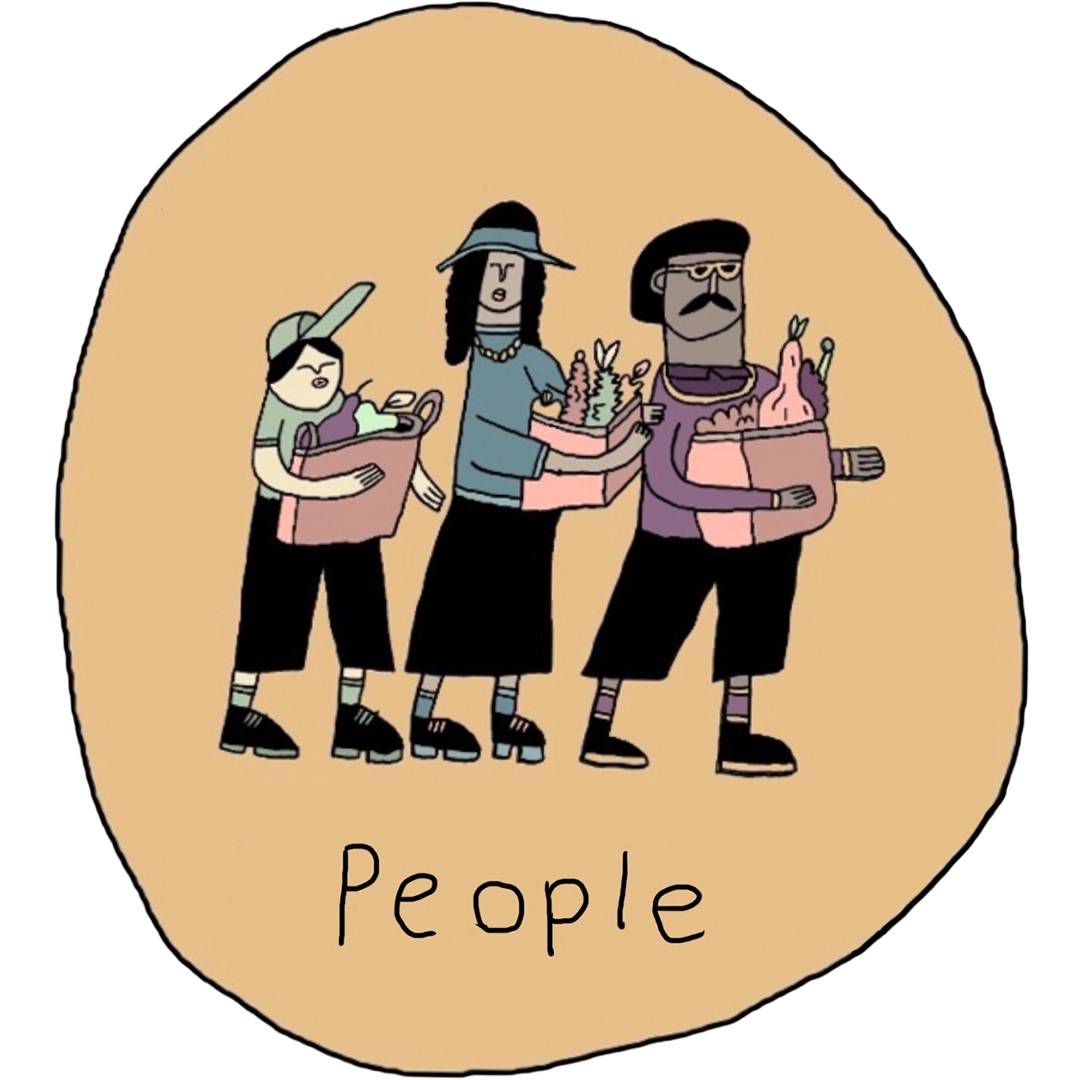
Community stakeholders and prospective board members who:

- Community stakeholders and prospective board members who:
- Include exiting and/or entering farmers
- Include an in-state attorney
- Willing to donate and/or provide discounted service to board and/or serve
- Include community partners that may include representation from:
- Land trusts
- Food and/or Farm support organizations
- Include at least five people committed to serving on volunteer board
- Demonstrate willingness, skills, experience, and networks in legal, fundraising, communications, real estate transfer, agriculture, and farm viability/support

Geographic location that is in a regional foodshed, is a farm to market based size and has:
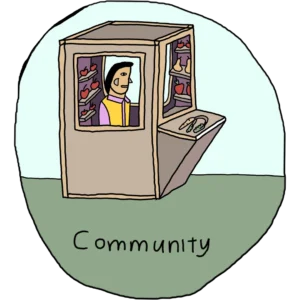
Geographic location that is in a regional foodshed/farm to market based size and has:
- Demonstrated need for improved farmland access and secure tenure
- Opportunities for preserving legacy biodynamic, organic, and regenerative farms, for manifesting BIPOC land justice, and/or for community based regenerative food production based agricultural practices
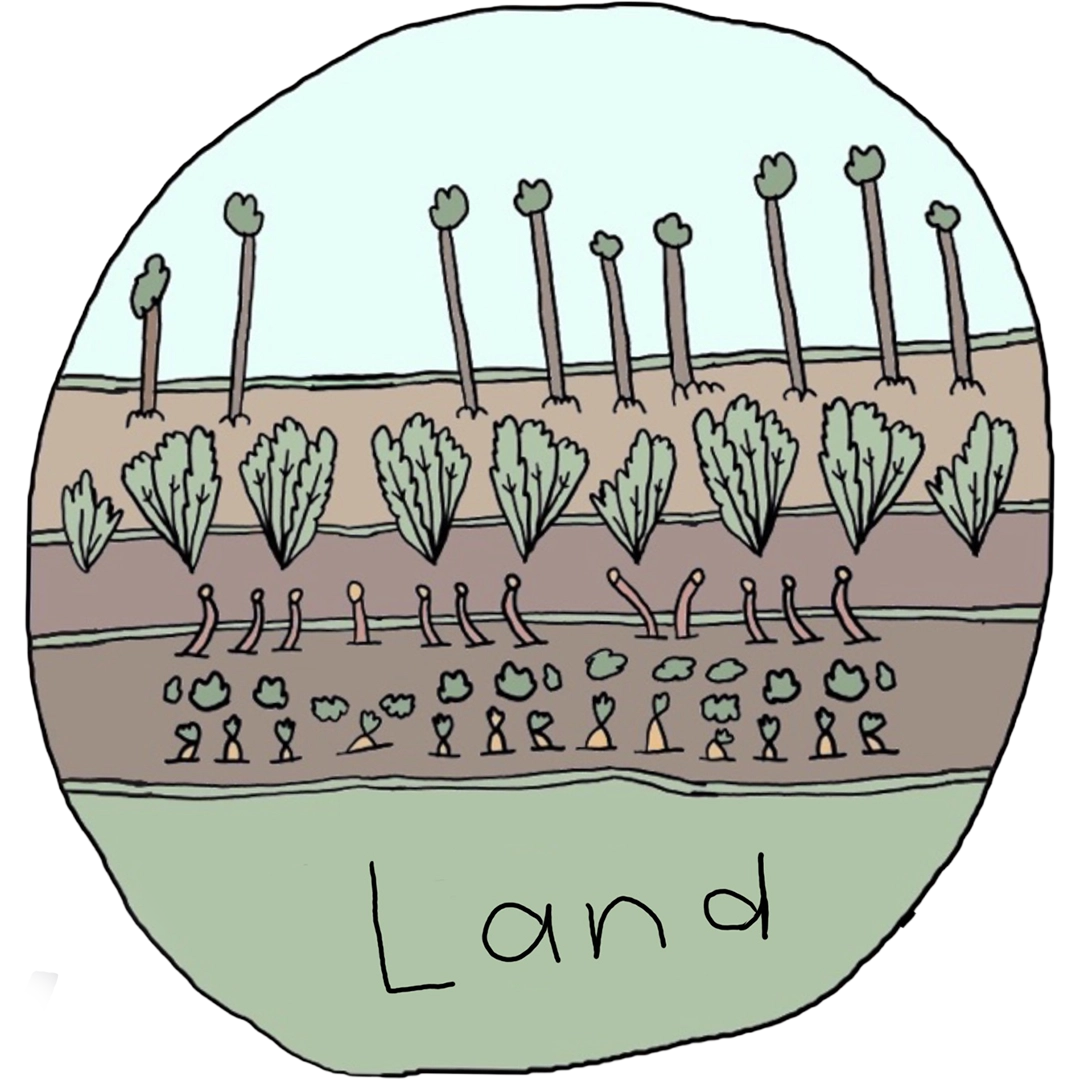
Viable Farmland Project must include:
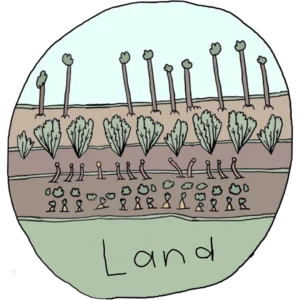
Viable Farmland Project must include:
- Farmland and infrastructure to support “agrarian enterprises” (including, but not limited to diversified production of food, forage, fiber, medicine, and ecological stewardship)
- Soils sufficient to support agricultural uses
- Secure, sufficient quantity and quality water to support agricultural use
- No existence or evidence of overly contaminated soil or water, or have the ability and capacity to remedy
- Location and scale sufficient to support production that can provide economic enterprise viability and have community benefit
- Housing and farm infrastructure onsite, possibility of developing housing and farm infrastructure onsite, or opportunity to legally tie housing and farm infrastructure to propertyA landowner who demonstrates alignment and willingness to:
- Enter into a Full Donation or Discounted Purchase Option agreement:
- Within 8 months of initial conversations
- That allows a minimum of 12 months but up to 24 months to closing
- Collaborate to engage existing farm community to raise awareness and funding support
People, Community and Land are then brought together in creation and incorporation of a nonprofit Farmland Commons. They then raise engagement and the many forms of capital needed to transfer farmland into the Farmland Commons and transition farm to the next generation.
Steps to Creating a Farmland Commons
1
Decide on the Structure
Would you like to move forward with a 501(c)(25) or a 501(c)(2)?
3 to 35 501(c)(3) nonprofits come together
- 501(c)(25) incorporates with bylaws & local majority board with each nonprofit having equal role.
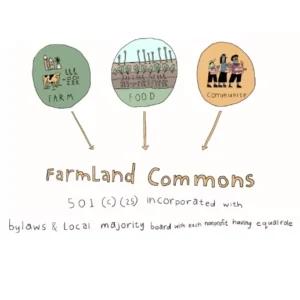
Alternate Option:
Only one 501(c)(3) creates, manages & incubates
- 501(c)(2) incorporated with bylaws and local majority board.
The Farmers Land Trust 501(c)(3) can be the sole or one of the 501(c)(3)'s, but doesn't have to be.
Both the Farmland Commons structures are limited-scope land holding entities affiliates with 501(c)(3) organizations for land legacy and land access and tenure programs.
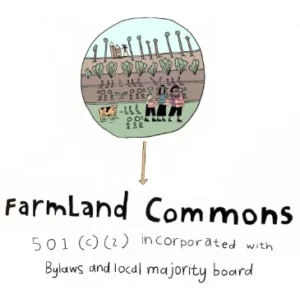
2
Establish Shared Values
Stakeholders find common ground using Farmland Commons template document, "Equity and Land-Based Practices".
These practices support shared understandings on aligned values, farm practices, and vision.
3
Create Shared Agreements, Bylaws and Founding Documents
Stakeholders then use the Farmland Commons template "bylaws" to frame a nonprofit, collaborative, community-centered land-holding structure that embodies shared values, represents identity, and aligns with state specific law requirements.
4
Transition Land
The deed to the land is transferred into a Farmland Commons incorporating 501(c)(3) and then passed into the Farmland Commons.
5
Create Lease
Using the template "Term Sheet and Lease", the Farmland Commons board creates the lease that gives 99-year/long-term security to leaseholders, and frames expectations, agreements, rights and responsibilities between the farmers, the Farmland Commons board, and the land.
6
Create Farm Management Plan
The Farmland Commons board uses the existing template, "Farm Management Plan", to create a living, annually reviewed and updated plan and aggregation of documents on farm and farmer agriculture, stewardship, management practices, infrastructure and improvement, and equity considerations.
View and use the free Farmland Commons Templates
Reach out with questions or to collaborate!
We would be honored to support, guide, and assist you in creating a Farmland Commons in your community. Please contact us for further conversation or information.



